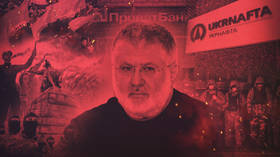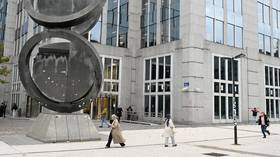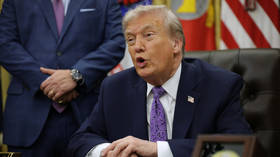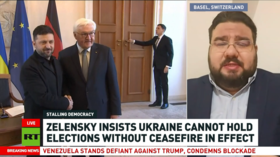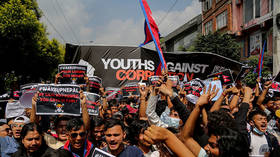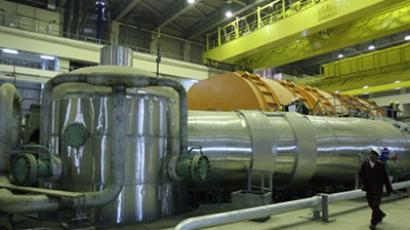How to make Iran give up its nuclear program (PART 2)
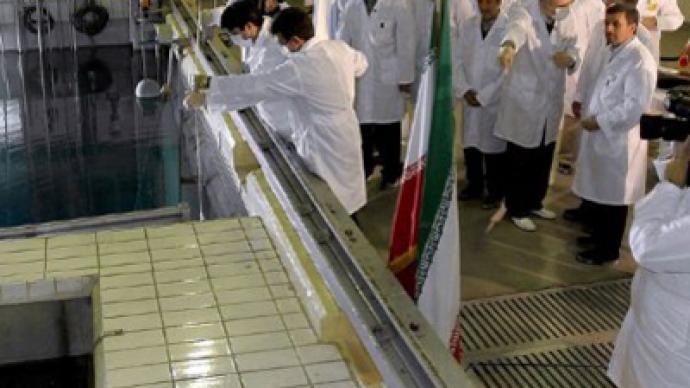
UN sanctions, assassinations, terror attacks and military threats – none of these stopped Iran working on its nuclear program. What is the mood in Iran’s scientific community? Are ordinary people scared, or is the pressure bringing consolidation?
One of 333
Saeed Mohammad Husseini is one of those 333 volunteers. The name Saeed means that he comes from the lineage of the Prophet Mohammed. He is currently in his second year of a Master’s course at Shahid Behesti University, the second-largest university in Iran. Saeed specializes in the legal aspects of environmental science, a field indirectly related to nuclear research.Saeed was born in Nishabur, 120 kilometers from Khorasan, in a family of farmers. He has four brothers and a sister. All his siblings but one have a degree. One of his brothers chose a trade: he currently owns a small shop.Saeed learned about the death of Ahmadi Roshan from a text message sent to him by a fellow member of the university’s Basinj cell (an organization of volunteers of all ages and professions uniting about 10 million people across Iran).- I was taking an exam and I got a text message saying one of our scientists had been killed. Roshan did not teach at our university, but Majid Shahriari who was killed in 2010, was our nuclear physics professor. Four of our professors were killed in total.All the students Roshan knew attended his funeral. He was buried in central Tehran, near the Imam zadeh-Sale Mosque.- Everyone cried. We were all hurt. He was only 32, he had a four-year-old son. His son has not even been told that his father is dead. He is too young.
Another scientist, a colleague of the late Abbasi, was wounded. He survived and is now in charge of the nuclear program.- He was in the car with his family. His wife saved him. She saw the bomb being planted, dragged her husband out of the car and shielded him from the blast. Husseini believes that to be an example of Iranian selflessness. - Americans should be told about acts like that so they understand how people in Iran feel about their duty and about each other.After the funeral, the students held a discussion and decided that volunteers could write a letter, requesting that the best be selected for transferal to the nuclear physics department.- Many of us had this idea while we were at the funeral. My thoughts were with him, I thought that I was sorry that I couldn’t have taken his place in that explosion. What I can do now is try and help our scientists as much as I can, and this is not about showing off. All those who signed the letter are willing to fill the gaps left by those who died.Mohammad Husseini recalls that when Saddam Hussein started a war against Iran, many young men volunteered to go to the front, and he believes that it’s now time for the young generation to volunteer again.- It’s possible that the ministry of education won’t approve my transfer to the nuclear physics department as I am a law student, but we all joined the wait list and we are ready to be of use. If necessary we can serve to protect our scientists, and it’s important for all people in Iran to know this. The scientist’s bodyguards died protecting him, and so the country is in need of both scientists and soldiers, believes Husseini. There’s a special volunteer wait list to bodyguard Iran’s scientists and to study to become an engineer or technology expert.
Shahid Behesti University alone lists 173 volunteers, and there are more throughout the country. 333 candidates have been selected so far from those who were enrolled in courses related to nuclear physics.In general, only the best of the best school graduates make it to the nuclear physics faculty in Iran, which has the highest competition, with about 1.5 million applicants each year.- Thousands of talented students apply to study there, that’s why we are making such great progress in sciences. Do you know what progress we have made in medicine, in nanotechnologies? The tougher the sanctions, the greater our progress.Mohammad Husseini’s companion asked me not to photograph him.- Let’s protect our volunteers, they are our very best citizens. We are not scared of dying, but we do not want them to be killed, he explained.
Who kills scientists
Dr. Ali, an engineer, believes that the IAEA inspectors are all intelligence agents working on a mission against Iran.- The IAEA resolution lists the names of all the scientists involved, and this is against the confidentiality clause. All personal data must be strictly confidential, and thus the IAEA has broken the rules of its own charter. Our scientists have been open with them, shown them around, and gave their names. And now the west sends assassins to kill off our scientists.The story of the assassin Jamali Fashi, executed for having murdered Professor Alimohammadi of the University of Tehran in January 2012, is quite typical.- This Jamali Fashi was a 25-year-old man who used to be a professional boxer without any significant educational background, just a secondary school graduate. He was on a competition tour in Turkey, when he was invited to the Israeli embassy and recruited to collaborate with Mossad with a promise of being paid 100 thousand US dollars for his mission. He wasn’t even aware of his target. He was given 30-day training on a site replicating the scientist’s residence, to ensure perfect knowledge of his routine. After that he was trained for 60 more days in Tehran to park the explosives-loaded motorbike correctly. Then he had to wait for the order, which he did.They even paid him only half the amount they had promised.
Dr. Ali says that Fashi sincerely repented of what he had done. The widow of the murdered scientist paid him a visit, and he begged for her forgiveness, he cried and said he had no idea who his target was supposed to be. He thought it was some politician. - Even an assassin would not go against Iran’s nuclear program. He was executed on charges of treason. Murder also is subject to capital punishment in our country.Dr. Ali believes western countries are under the delusion that Iran can be broken by such methods and actions.- They did the same when the revolution broke out – planted and detonated explosives. The countries of the west gave Saddam weapons to wage war against Iran for 8 years. As a result, we now have 80 graves at the Shahid cemetery, of the martyrs who got killed in the bombings together with Mohammad Beheshti, the hero of our revolution we named a university after. What result did they get? Our people have made progress. We have launched a satellite into space. Our adversaries have no logic.On my way out of Tehran, in the airport, I had a conversation with two young Iranians who looked quite liberal, judging by their attire and hair. Both turned out to be living in France and visiting relatives in Iran. Many things in Iran they disagreed with, such as traditional dress code for women, the ban on bars and disco clubs, the regime on the whole, and excessive clergy representation in the parliament. My last question was about the nuclear program.- We support it, and our parents do, too. You won’t find any Iranian who is against it, whatever the pressure. Don’t waste your time looking.
Read PART 1.
Nadezhda Kevorkova, RT




